
Native Plant Program
Native Plant Seed Exchange Program Information
Click below to learn more about how and when to plant seeds from our Native Plant Seed Exchange Program.
About
Since 2019, the Public Lands has been propagating native plants found throughout the Salt Lake Valley. Many of these plants once grew widely throughout the area and have declined in population due to development and human and animal land use. Harvesting wild native seeds and then propagating and planting native plants on Salt Lake City’s Public Lands ensures native plant species will not be lost. This program increases our public land’s biodiversity for pollinators, wildlife, and user enjoyment. The Public Lands Restoration Ecology Program leads the Native Plant Program.
Vision
Our vision is to incorporate biodiversity and native plants into every compatible city project. Planted in local wetlands and specific areas in the Foothills, these systems will support a complex community of plants that enhances pollinator activity, actively cleans water sources, and contributes to the health of the environment and its visitors, both human and animal.
“The Native Plant Program seeks to create complete ecological systems that will be
Public Lands Restoration Ecologist Blake Wellard
resilient and self-maintaining for generations to come.”
Projects
Native Plant Program projects have been conceptualized to be dynamic, and to thrive throughout the year, with fluctuations in water, weather, and sunlight. The future of our local climate and climate change are also taken into consideration. Each space is unique, and attracting pollinators, riparian animals, and human visitors alike.
Project areas are selected based on the need to restore native habitat that has been lost due to impact from humans, canines, and development.
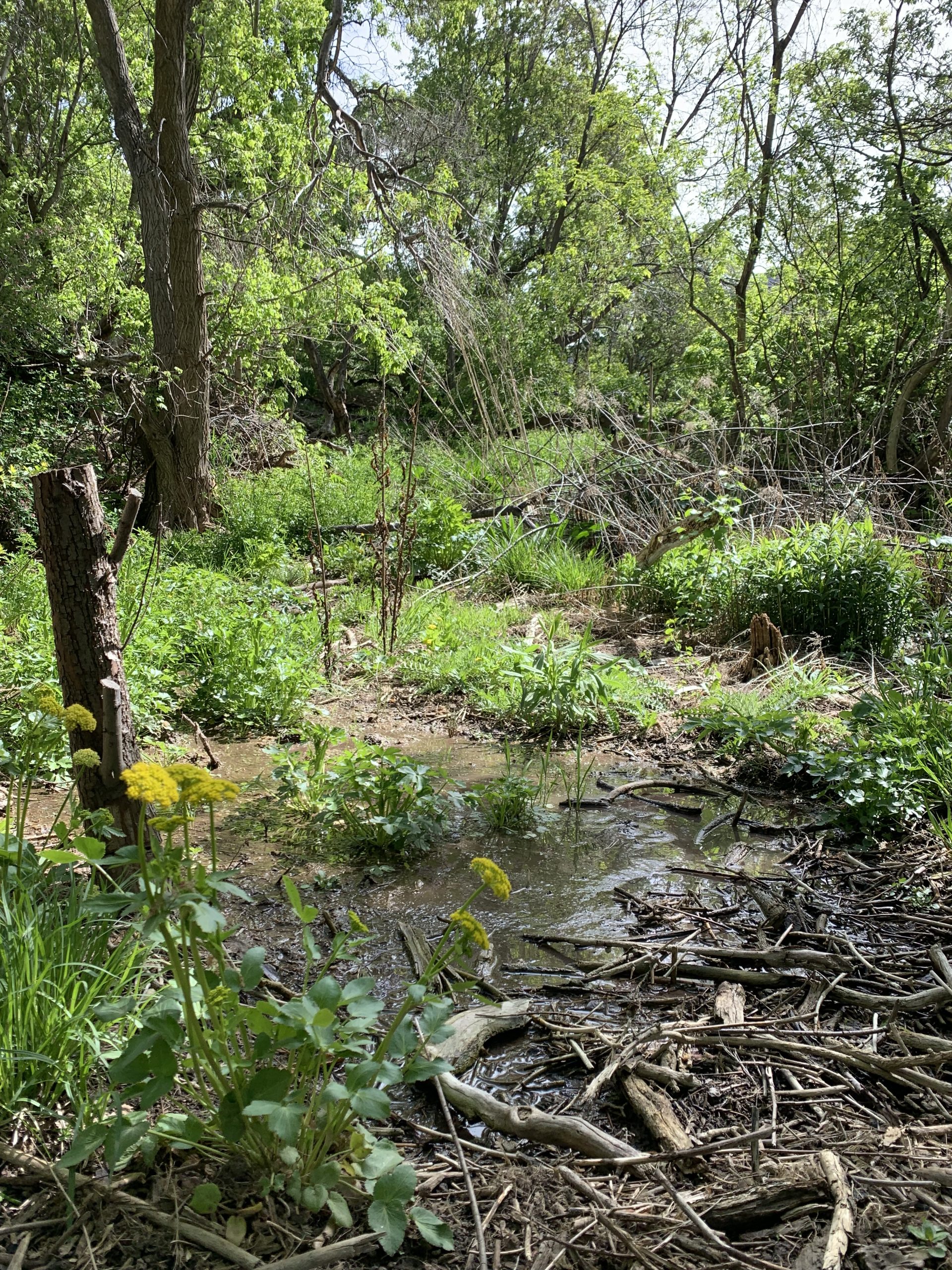
Mary’s Spring
Nestled in the heart of Parley’s Historic Nature Park, Mary’s Spring is an important water source that flows into nearby Parley’s Creek. The 2014 Parleys Historic Nature Park Management plan identified Mary’s Spring as a critical wetland area. At the time of the assessment, overuse of the area had significantly degraded Mary’s Spring and the delicate surrounding wetland vegetation. The spring was nearly invisible, and the once healthy plant life all but gone. In 2020, Trails and Natural Lands constructed a perimeter fence around this habitat protection area to begin restoration of Mary’s Spring.
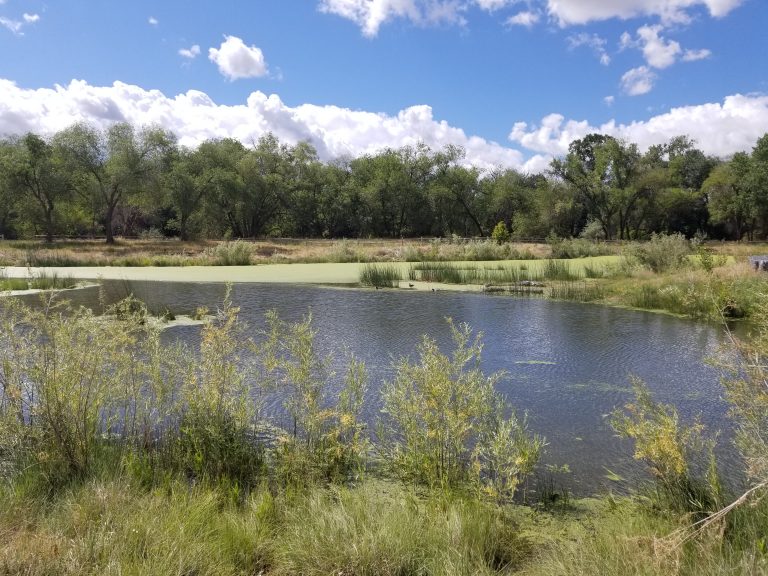
Fife Wetlands
Since 2020, Fife Wetland Preserve has been a focus for revitalization efforts. This small preserve, located along the west side of the Jordan River, hosts a wide array of native plant life and is home to ducks, small mammals, and many pollinator species. Fife was created on the site of an old railroad bed, and the remains of railroad bridges can still be seen today. This important project is a collaboration between Salt Lake City Public Lands, the Natural History Museum of Utah, and The Jordan River Commission, the Bennion Center at the University of Utah, and TreeUtah.
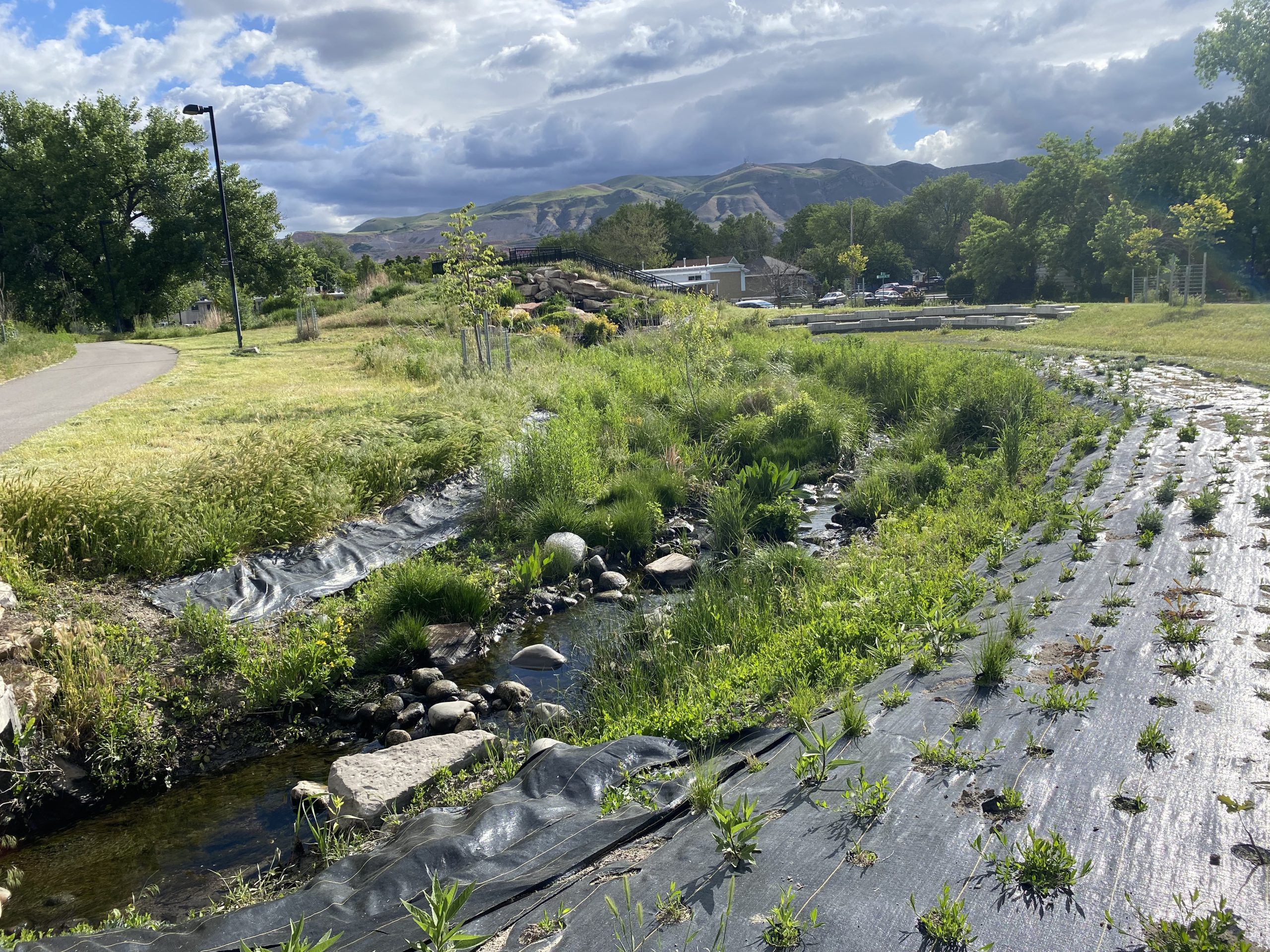
Cornell Wetlands
Beginning in 2019 Salt Lake City Public Utilities and Public Lands began construction of the Cornell Storm Water Lift Station Project. The project is located across the Jordan River from the Day Riverside Library in Rose Park.
The purpose of this project is to improve the quality of stormwater being discharged into the Jordan River at this location. Secondary purposes include the creation of increased habitat and wetland areas for both wildlife and recreational purposes.
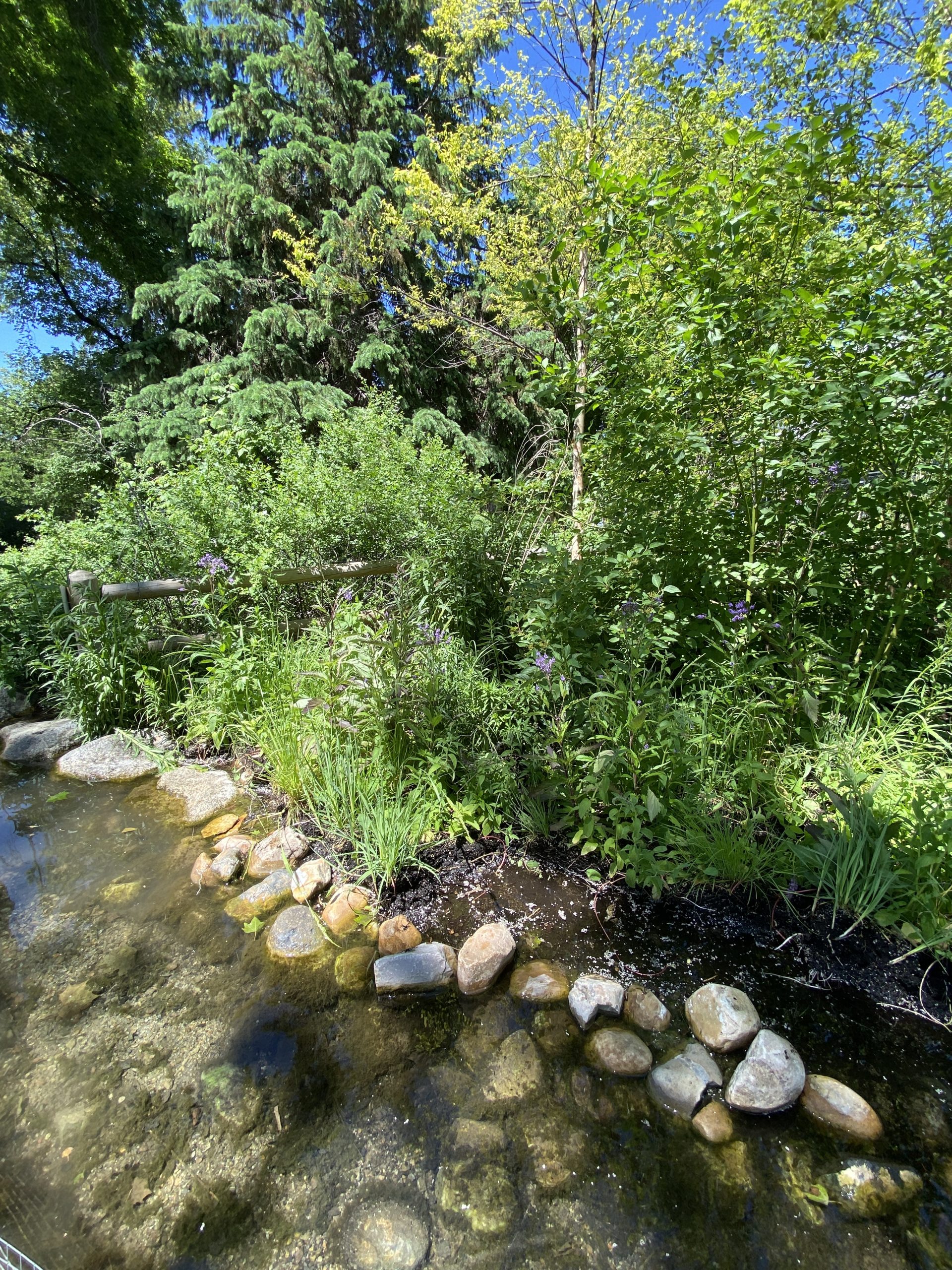
Fairmont Park Wetland and Butterfly Habitat
Within Fairmont Park there are small streams that feed a 0.5 acre pond. In 2021 Public Lands began working to rehabilitate the streams and pond by building planting areas throughout the western portion of one of the streams. Improvements included removing weeds and invasive species, lining the stream with boulders to provide stabilization, and adding new trees and shrubs. Over 3,300 square feet of emergent wetlands were added, native upland and riparian habitats were established along the stream banks and around the pond, and a pollinator garden was created along the banks of the stream on the north side of the park.
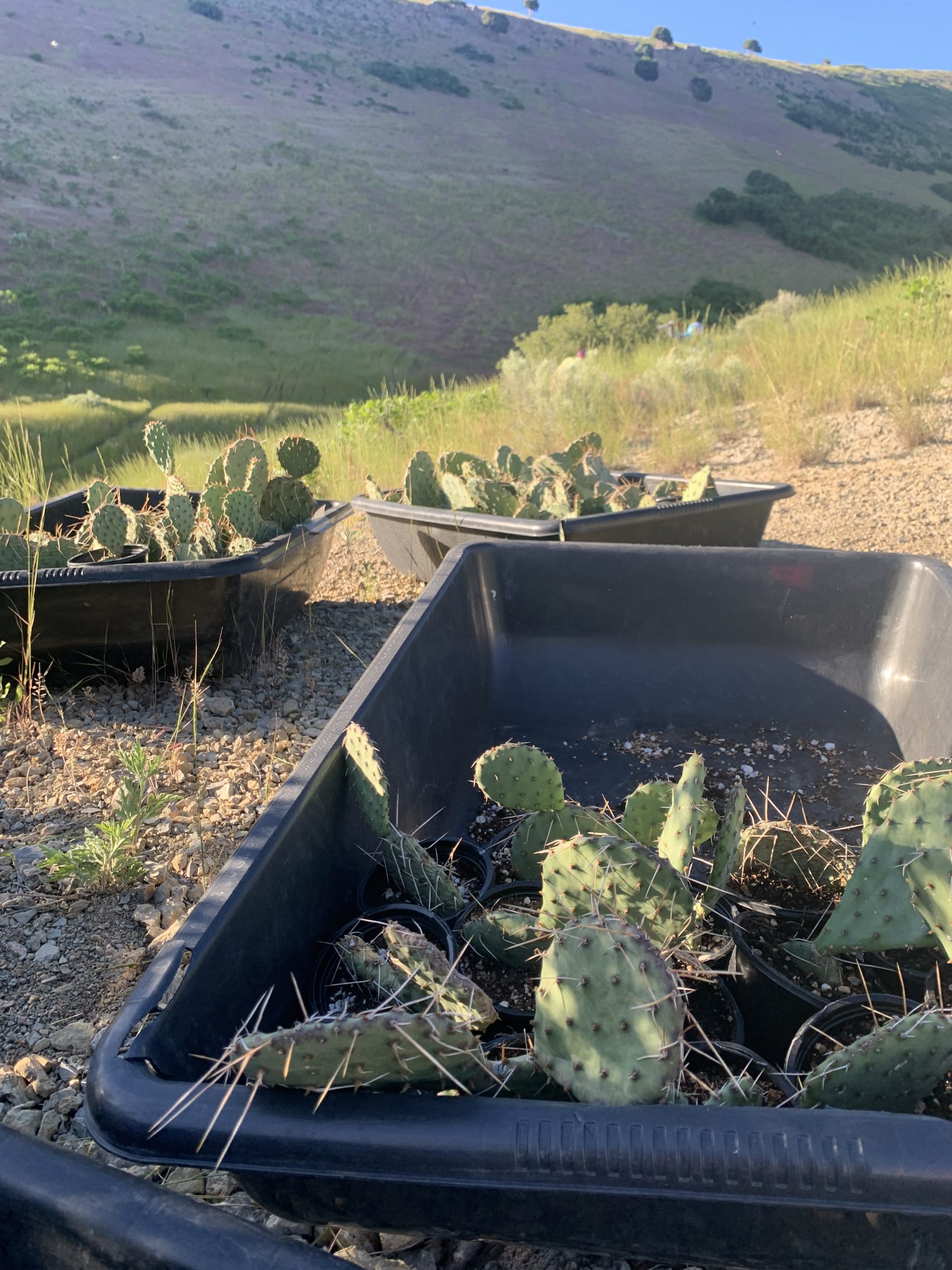
Other Native Plant Projects
The Native Plant Program team provides support to many ecological restoration projects throughout the planting season. These include native cacti plantings in the Foothills, trail restoration projects, seed harvesting, and more. Many of these plantings are volunteer-based! Click the link below to sign up for the Public Lands newsletter, where you will learn about volunteer opportunities.
Our Program Partners
We have an amazing list of community partnerships that assist our work and share our vision. In addition to these organized groups and nonprofits, we appreciate the helping hands of many volunteers throughout the year.
| Utah Department of Natural Resources | Utah State University – Pollinator Habitat Program | Utah State University – Rare Plant Program |
| Utah Friends of Monarchs | University of Utah | The Nature Conservancy |
| Utah Open Lands | Sageland Collaborative | The Natural History Museum of Utah |
| Utah State Department of Corrections | Utah State Wetland Ecological Lab | Utah Valley University |